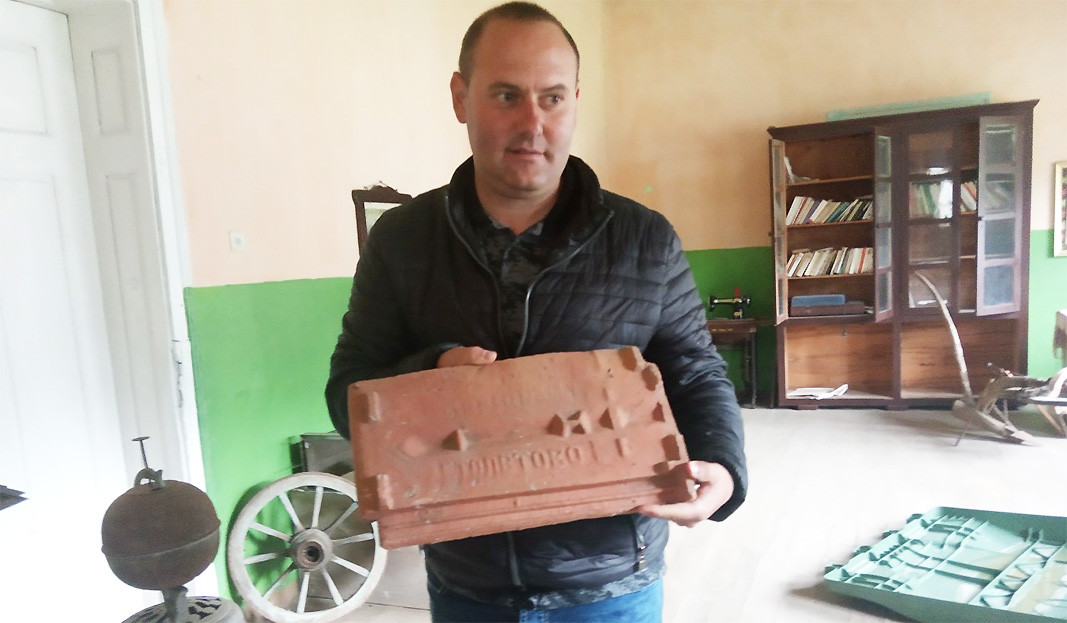 4
4
When we compare the past and present of Bulgarian villages, we inevitably tend to think of the village schools. They were usually housed in a building with spacious rooms and tall windows, which let in a lot of light for the little ones who had embarked on the road to knowledge. Today, however, in many places in Bulgaria village schools represent the most dejected witness to ruin resulting from the depopulation of rural areas. The large buildings, which used to be constructed in the 1950s and 1960s, are usually left completely abandoned, because there are no children in the villages and the few remaining local villagers can find neither the means, nor any reasons to maintain them.
There could be a silver lining to this dark cloud, though, and the primary school in the village of Stoletovo (central Bulgaria) is a good example of this. It is situated between Sredna Gora and the Balkan mountain range and the river Stryama flows along it. In there, everything is well preserved, as if the pupils could come back to class tomorrow. The desks with wooden benches are neatly arranged in the first graders’ classroom, facing the blackboard and awaiting the school bell, which had echoed in the tiny school for decades.

The school building in Stoletovo is not only well maintained, but it is also about to become a cultural centre in its own right, as well as a village museum. All exhibits have been generously donated by local villagers and even some respected institutions could envy their ethnographic collection.
“There is still a lot to be done, especially to repair the leaking roof, but we won’t give up because we have the support of many young volunteers from the village”, says Miroslav Kolev, mayor of Stoletovo:

“My birthplace is as dear to me, as is my first school – and I spent my first school years in that small old building. The idea to preserve it was not born spontaneously. It’s just that we never liked the idea of having a run-down building in the centreof our village, so we took up this initiative and started with the roof repairs. In 2018, when we celebrated the 90th anniversary since the establishment of our community centre, we had already arranged two rooms where we exhibited our ethnographic collection. We put there an old loom, some wooden sofas and everything else we managed to gather. Some letters, souvenirs, photographs and manuscripts donated by the locals are also part of the exhibits. There is an area especially dedicated to the patron of our village – general Nikolai Stovetov, the commander of the Bulgarian volunteer soldiers during the Russo-Turkish War of Liberation. This year marks 190 years since his birth and we paid special tribute to this anniversary. With the help of our volunteers, we turned one of the rooms into an indoor playground for the children in the village. We put there gym equipment and table tennis. Thanks to the efforts of our young volunteers, we now have a youth center. The locals will meet there during the winter months and it will be accessible to all. We wish that the young people talk to each other and be tight-knit, so that our village has a future.”

As long as she can remember – first as a pupil in Stoletovo and later as a teacher in the local school – there have never been school drop-outs, says Gergana Todorova, a long-time teacher and the last director of the school in Stoletovo, which was closed down in 2008. Everybody came to classes without any exception. That is why this place deserves to be kept as a symbol of the village.
“It was always a primary school – at the beginning from the 1st until the 3rd grade, and later until the 4th grade. Children would then continue their studies at the neighbouring village of Karnare, where they completed their primary education, remembers Ms. Todorova. The largest number of children was recorded in the 1950s – there were around 80 pupils then. Later they dropped down to 50 and then the tipping point came when very few children remained in the village, so to our deep regret the school had to be closed down. Pity, because it was a wonderful school. When children came in the mornings, their voices brightened up the schoolyard and the whole village. A village without school is all but lost. But I am happy now, because although there are no children left, the local authorities made everything possible to preserve the building. They built sports playgrounds around it and thanks to the young mayor, people from the village also joined in to help.”
Photos: Gergana Mancheva
The usurpation of cultural heritage is one of the many inevitable consequences of any military conflict, both historically and today. Until the end of the war in Ukraine, it is impossible to adequately analyse the extent of the damage caused to the..
Athens plans to modernise the Greek army by 2030 Greece's Defence Minister Nikos Dendias presented the plan for changes in the army to the parties in parliament. The reforms will cover all three branches of the military. By 2030, 33 units..
A short video kaleidoscope of the "untold stories" of worthy Bulgarians - scientists, entrepreneurs, engineers, artists - who have contributed to our country's good image in the eyes of the world opened an unconventional public forum that showcased the..
Nuredin Nuredinaj comes from the historical-geographical region of Gòra in Northeastern Albania, where 90% of the inhabitants identify themselves as..

+359 2 9336 661
